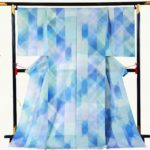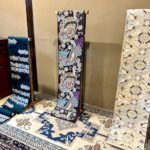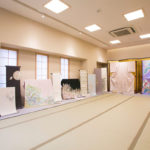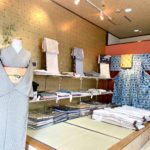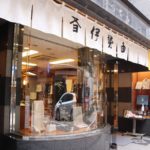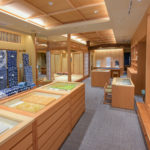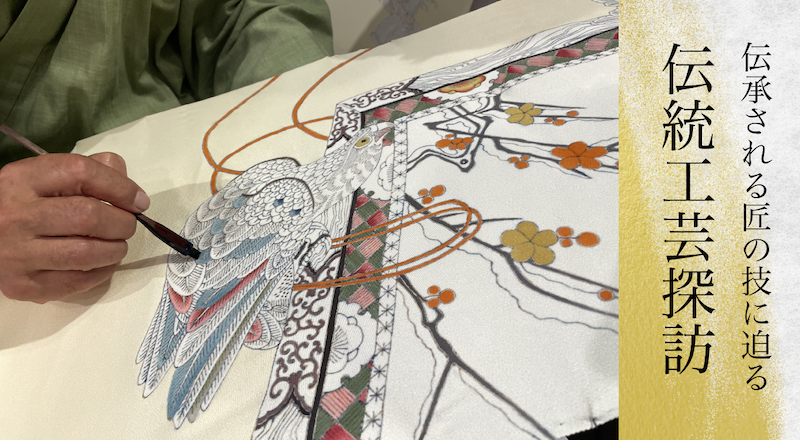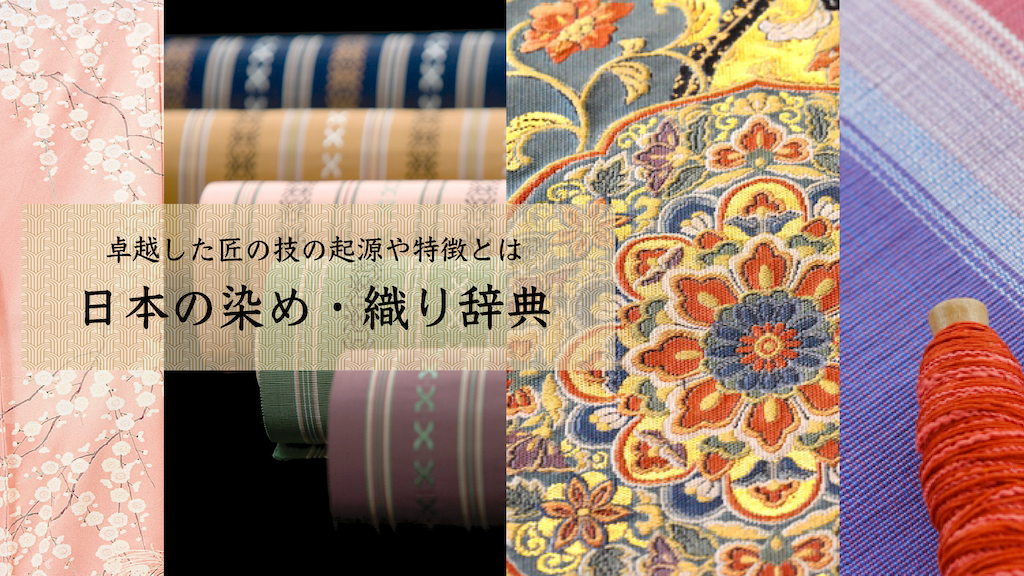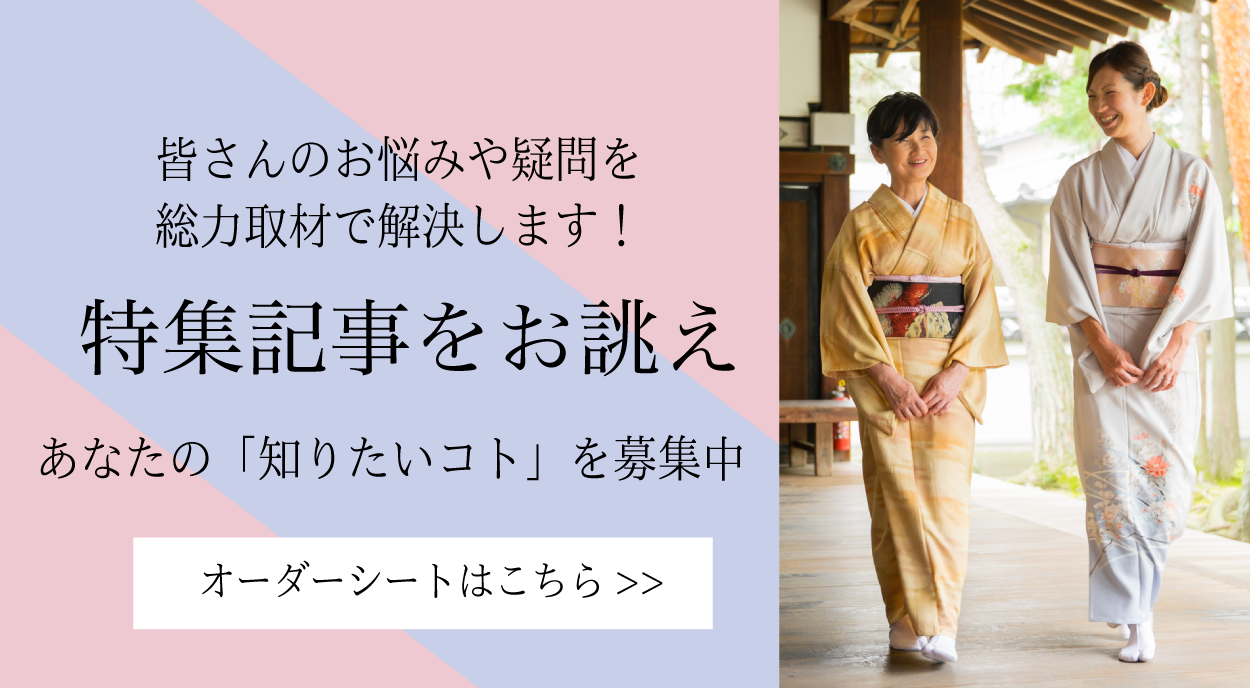片貝木綿
Pronunciation: Katakai-momen
Production area: Ojiya City, Niigata
Katakai-momen is a cotton textile woven in Katakai Town, Ojiya City. In 1751, during the Edo period, this area thrived as a Tenryo (land directly governed by the Tokugawa shogunate), where blacksmithing, carpentry, and dyeing were flourishing. Around this time, Jinsuke Matsui, the first generation artisan, began indigo dyeing in Katakai. This marked the beginning of Katakai’s deep-rooted indigo dyeing tradition and the foundation of Katakai Cotton. Katakai-momen is primarily woven using tanshi (single yarn). Although the thickness of tanshi varies, the yarn is loosely twisted, allowing it to trap air and produce a soft, fluffy texture. The arrangement of warp threads of varying thickness gives the textile a smooth, light feel. The more it is washed, the stronger the yarn fibers return to their natural state, making the fabric resistant to losing its shape and less prone to wrinkles. Katakai-momen is often seen in simple designs such as solid colors, stripes, and checks.


